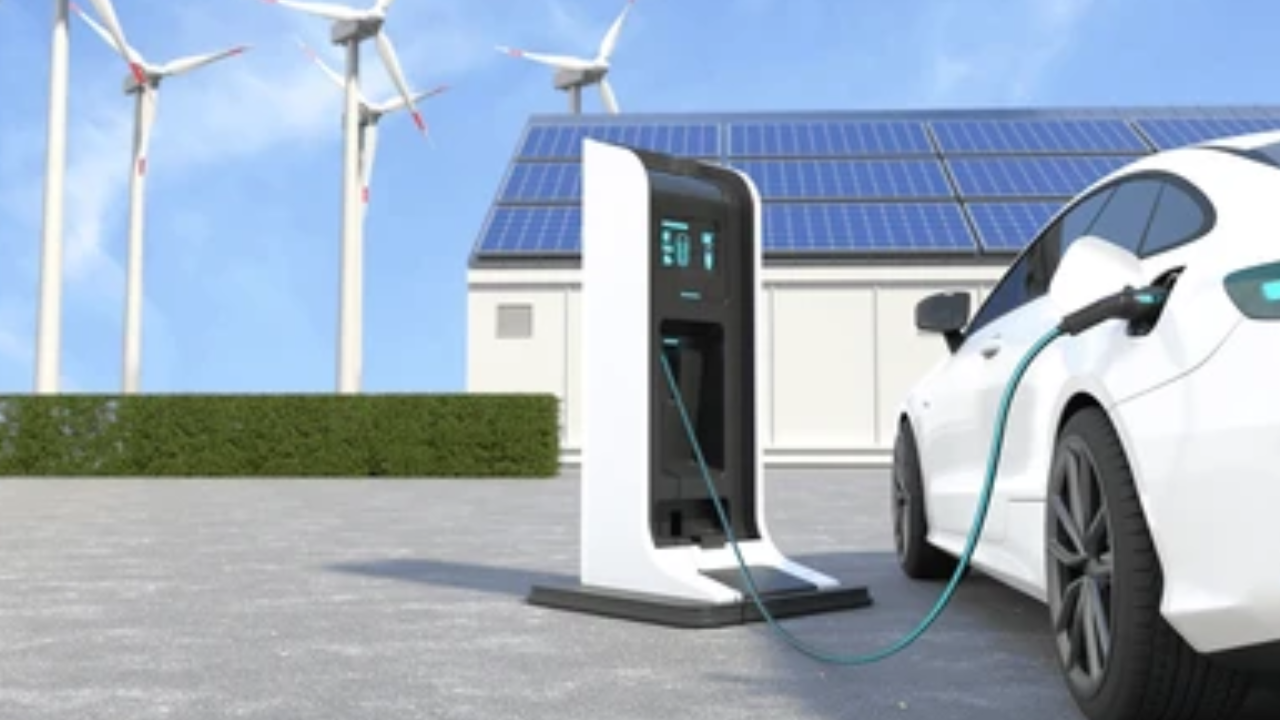An EV charging system is a collection of components and infrastructure that allows electric vehicles to recharge their batteries. It comprises charging stations, cables, connections, and control systems. As the electric vehicle (EV) market expands, technological advances shape the vehicles and the infrastructure that supports them.
Innovative EV charging technology represents a significant advancement, providing novel solutions to improve efficiency, connectivity, and the user experience. The necessity for compatibility and standardization is a fundamental barrier in innovative ev charging systems. As new charging networks and EV models emerge, guaranteeing seamless interoperability becomes increasingly important.
Evolution of Charging Infrastructure to Support the Growing Number of Electric Vehicles
The growing global emphasis on environmentally friendly transportation has resulted in a spike in the use of electric cars (EVs). As the number of electric vehicles on the road grows, the evolution of charging infrastructure becomes increasingly crucial in assuring EV integration and universal adoption. This article delves into the dynamic changes and innovations in charging infrastructure required to serve the growing fleet of electric vehicles.
Charging Station Density
The rising number of charging stations is one of the main evolutions in charging infrastructure. Charging stations are deliberately located in metropolitan areas, commercial zones, and along highways to solve “range anxiety” issues and make EVs more viable for daily use. Governments, private companies, and electric utilities are working to build a dense network of charging stations, guaranteeing that EV consumers have convenient and dependable access to charging stations.
Fast Charging Technology
The advancement of fast-changing technology is a game-changer for electric automobiles. Earlier charging stations had longer charging durations, but technological improvements have resulted in fast-charging stations capable of drastically lowering the time required to charge an EV.
Ultra-Fast Charging
The industry is currently witnessing the rise of ultra-fast charging solutions, which continue the trajectory of fast-charging advancements. With power levels reaching 360 kW, these chargers aim to further cut charging times and improve EV convenience. High-power chargers are becoming a typical element in new charging infrastructure developments, allowing for faster turnaround times for EV users and contributing to electric mobility’s widespread appeal.
Universal Standards and Interoperability
Interoperability and standardization of charging infrastructure are critical for the mainstream adoption of electric vehicles. Industry players are working together to establish universal charging standards, ensuring that EVs from different manufacturers may use the same charging stations. Common standards like CCS and CHAdeMO are gaining traction, providing a consistent experience for EV consumers and promoting investment in charging infrastructure.
Smart Charging Solution
The incorporation of smart technologies into charging infrastructure is revolutionizing the charging of electric vehicles. Smart charging solutions enable customers to remotely monitor and control charging sessions, schedule charging times during off-peak hours, and receive real-time charging status updates. These advances not only improve customer convenience but also help with energy resource efficiency and grid management.
Renewable Energy Integration
The evolution of charging infrastructure is inextricably linked to an increasing emphasis on sustainability. Many modern charging stations use renewable energy sources like solar and wind power. This transition to clean energy not only minimizes the environmental impact of electric mobility but also corresponds with the larger goal of having a carbon-neutral transportation industry.
Battery Swapping Stations
Battery switching stations are a novel method for addressing charging time difficulties. Instead of waiting for a car to charge, users can switch their low battery for a fully charged one, drastically reducing the time spent at the charging station. While still in the early phases of development, battery swapping stations represent a viable option to improve the efficiency and convenience of electric vehicle charging.
Sum Up
The evolution of charging infrastructure is critical to realizing the full promise of electric vehicles and leading the world toward a sustainable and low-carbon future. The expanding number of electric vehicles on the road needs a dynamic and responsive charging infrastructure that meets the different needs of users. As advancements continue to redefine the landscape of electric vehicle charging, the stage is set for a profound transformation in how we see and experience transportation.

